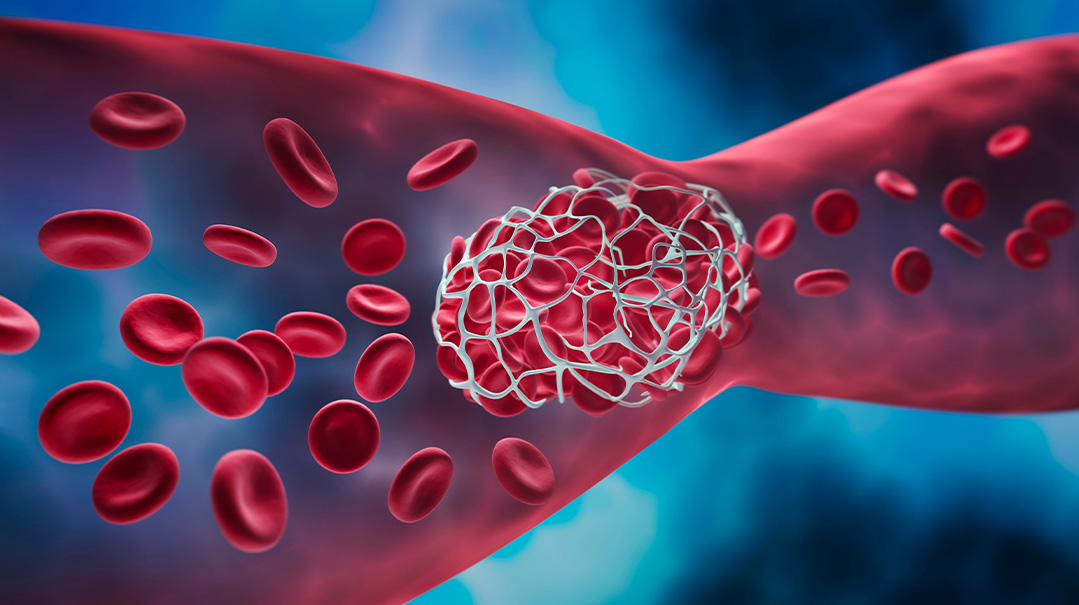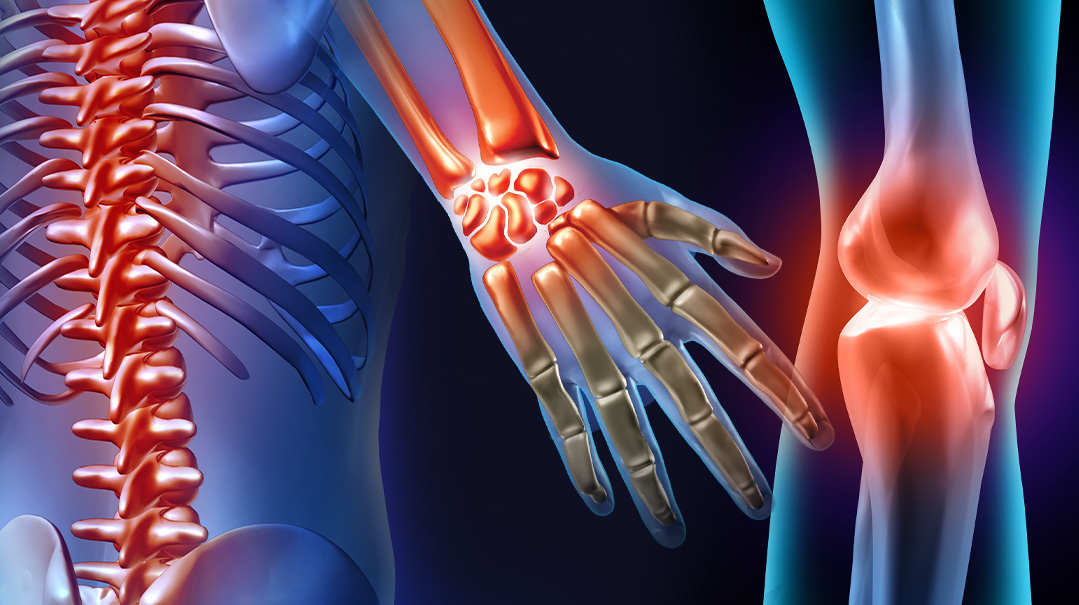Out of Beat
| May 4, 2021
I was in the mall the first time it happened. I began to feel lightheaded and faint. I looked for a place to sit down, while questions swirled around my brain. Was I having a panic attack? Was it because I was pregnant? Maybe I was dehydrated? I took a drink of water, but the sensation didn’t let up. Twenty minutes later, I finally felt better enough to get up, get in my car, and drive home.
In the car, I thought about what I’d experienced. As a social worker, and someone with a generally more anxious personality, I wondered if the sensations I’d had were related to some sort of anxiety or panic disorder.
I experienced this sensation a few more times over the next few years, but it always seemed to resolve quickly before I could really put a finger on what was going on. Also, as a busy mother, I didn’t have too much time to dwell on what was happening.
Six years after the first incident, shortly after moving to a new community, things began to escalate. Our family was eating Shabbos lunch at a friend’s home when suddenly, right after Kiddush, I started feeling faint and lightheaded again.
Heart pounding, I excused myself to the restroom and took some deep breaths, but nothing seemed to help. I began to panic. Was there something wrong with me? Why did this keep happening? After what seemed like an eternity, I began to feel better and returned to the meal.
The episodes began to become more frequent: In the library, in the grocery store, even while driving — and always out of the blue. Unpredictable in both coming and going, they usually didn’t last long, but always left me feeling rattled and confused.
Oops! We could not locate your form.












